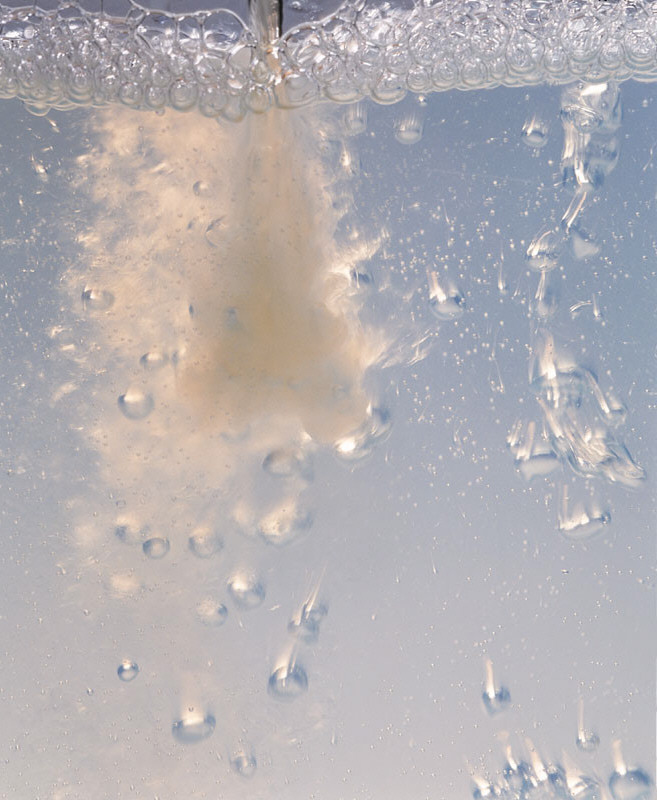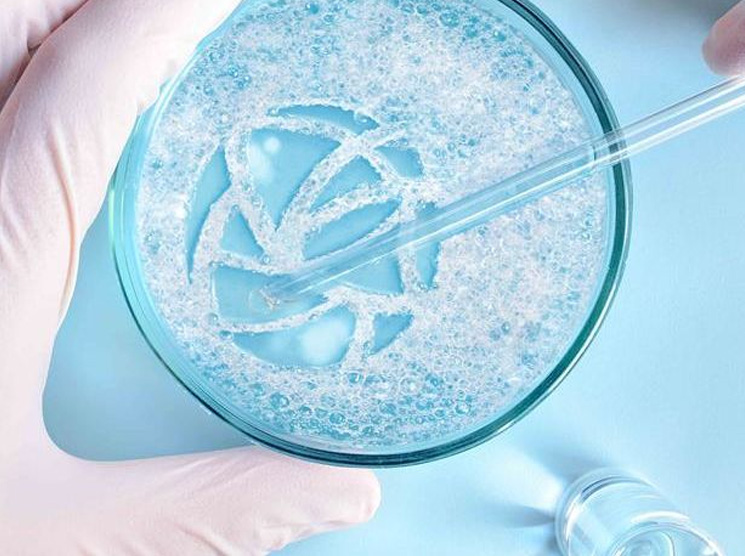The Role of Defoamers in the Chemical and Food Processing Industries
The Role of Defoamers in the Chemical and Food Processing Industries
Blog Article
The Function of Defoamers in Enhancing Product High Quality and Efficiency
In various making procedures, the visibility of foam can considerably prevent product quality and operational effectiveness. Defoamers act as crucial additives that reduce this problem, making sure smoother manufacturing process while enhancing the useful and visual characteristics of the final products (defoamers). Their application spans a wide variety of sectors, from food and beverage to drugs, where uniformity and reliability are extremely important. The selection of the proper defoamer can be vital to attaining ideal results, raising vital questions concerning formula compatibility and performance metrics that warrant more expedition.
Understanding Defoamers
Recognizing the role of defoamers is important for maintaining product top quality throughout various industries. Defoamers are chemical ingredients designed to decrease and prevent the development of foam in liquid systems, which can adversely impact procedures such as blending, loading, and surface stress. Frothing can lead to ineffectiveness, product problems, and jeopardized visual charm, making defoamers a critical component in producing procedures.
In commercial applications, defoamers assist to boost item uniformity and security. In the paint and coatings industry, foam can interfere with the application process and the final finish. In food and drink manufacturing, excessive foam can prevent bottling and packaging effectiveness. The efficient use defoamers not only makes sure smoother manufacturing procedures however likewise contributes to remarkable item performance.
In addition, the choice and formulation of a defoamer should align with specific application requirements, such as compatibility with various other ingredients, performance under varying temperature and pH problems, and potential regulative restrictions. Eventually, understanding defoamers' functions and their relevance in different formulations is essential for optimizing manufacturing and making sure the best quality final product.
Kinds Of Defoamers
Defoamers can be classified into a number of types based upon their composition and system of action. The key types consist of silicone-based, non-silicone organic, and not natural defoamers.
Silicone-based defoamers are amongst one of the most effective, mainly because of their capability to spread out quickly on the fluid surface and interfere with foam formation. Their unique chemical structure permits premium stability, making them ideal for high-temperature applications and settings with varying pH levels.
Non-silicone natural defoamers, commonly made up of all-natural oils or fats, are valued for their biodegradability and lower toxicity. These are typically utilized in food and beverage applications where security and environmental effect are extremely important.
Inorganic defoamers, which include substances like talc or calcium carbonate, act by enhancing the density of the fluid, consequently minimizing foam security. They are usually made use of in industrial processes where compatibility with other materials is not an issue.
Each kind of defoamer has distinctive benefits and restrictions, enabling customized services depending upon the specific frothing concerns run into in numerous applications. Understanding these distinctions is crucial for maximizing efficiency and accomplishing wanted product high quality.
Applications Throughout Industries
Many markets utilize defoamers to boost item quality and operational efficiency. In the food and drink field, defoamers are vital in procedures such as brewing and dairy production to stop foam development, which can cause inefficiencies and product incongruity. By managing foam, suppliers can ensure better return and a more uniform item.
In the pharmaceutical industry, defoamers play a crucial function in the formulation of liquid medications, where extreme foam can hinder blending and accurate dosing. Their usage aids maintain the honesty of the solutions and facilitates smoother production processes.
The paint and finishes market likewise depends on defoamers to enhance the performance of products throughout application. By reducing foam, these ingredients make sure a smoother coating and enhance the visual qualities of the last product.

Advantages of Using Defoamers
While the application of defoamers varies across sectors, their benefits consistently improve item top quality and procedure effectiveness. One considerable benefit is the reduction of foam formation during producing procedures, which can otherwise cause production hold-ups and variances in product high quality. By lessening foam, defoamers enable a smoother flow of products, web link helping with extra effective operations and lowering the probability of equipment malfunctions.
Additionally, using defoamers can boost the appearance and structure of end products. In fields such as coverings, paints, and food processing, excessive foam can compromise the aesthetic aesthetic appeals and general quality, while the ideal defoamer application makes sure a consistent finish and preferable attributes. Defoamers can add to cost savings by decreasing waste during production and maximizing the usage of raw products.

Selecting the Right Defoamer
Choosing the right defoamer is critical for optimizing production processes and ensuring product quality. The option of defoamer influences not just the efficiency of foam control yet likewise the total performance characteristics of the last product. Variables to think about consist of the type of application, the chemistry of the formulation, and the environmental problems under which the item will be used.
Different markets might require particular defoamer kinds, such as silicone-based, organic, or polymeric defoamers. Recognizing the compatibility of the defoamer with the main components is necessary to prevent negative useful site responses that can jeopardize item integrity. Furthermore, the defoamer's effectiveness in various temperature levels and pH levels need to be reviewed to make certain consistent efficiency.
Checking the defoamer in small-scale applications can provide beneficial understandings right into its performance and viability. Consideration of regulative conformity, particularly in food, pharmaceuticals, and cosmetics, is extremely important in selecting a defoamer. Ultimately, a thorough analysis of these factors will certainly cause the More Info option of a defoamer that not only manages foam properly but likewise improves the high quality and performance of the last product.
Conclusion

In conclusion, defoamers are essential ingredients that considerably enhance item top quality and efficiency across numerous industries. The calculated selection and application of defoamers lead to cost financial savings, enhanced resource usage, and boosted consumer complete satisfaction.
Lathering can lead to inadequacies, product flaws, and endangered visual charm, making defoamers a vital element in producing procedures.

Report this page